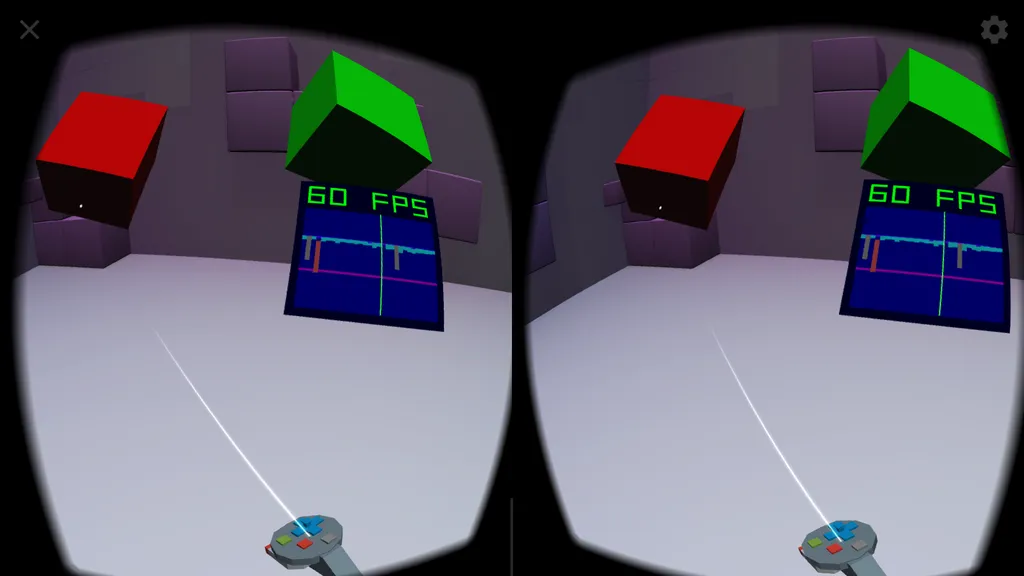Standards group W3C moved VR and AR on the Web forward this week with the publication of a draft specification.
The WebXR Device API “describes support for accessing virtual reality (VR) and augmented reality (AR) devices, including sensors and head-mounted displays, on the Web.” When paired with 3D content made in WebGL, the API can turn a standard URL or web address into a portal to another world.
Most VR developers build interactive virtual worlds in engines like Unreal and Unity. Programmers often write the underlying logic of those worlds in a language like C#. WebXR (which builds on earlier work called WebVR) could open up VR and AR development to developers familiar with Web-based tools like Amazon Sumerian, or languages like Javascript.
“The WebXR Device API will provide the first opportunity for AR and VR to help people at web scale,” explained Trevor Flowers, chair of the Immersive Web Community Group. “It will be wild to see how millions of web creators across the globe use their existing skills to build a wider web.”
The new WebXR application programming interface is still unstable and in need of further refinement. Eventually, though, it is likely to become another W3C standard. A wide range of devices can use the API including head-mounted displays “whether they are opaque, transparent, or utilize video passthrough.”
The draft is edited by Brandon Jones of Google and Nell Waliczek of Amazon for the Immersive Web Working Group of the W3C.
“W3C approval is not required prior to browsers shipping a feature,” Jones explained in a direct message. “It is encouraged that at least two browsers have an interoperable implementation of a feature prior to standardization. As a result some browsers may choose to ship WebXR after the API has stabilized but before the W3C has finished reviewing it.”


























